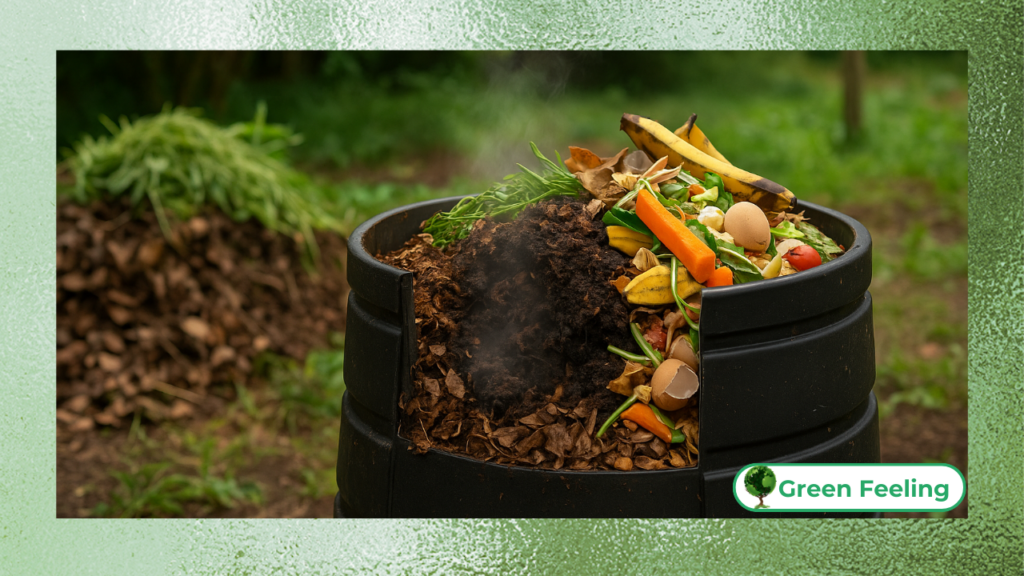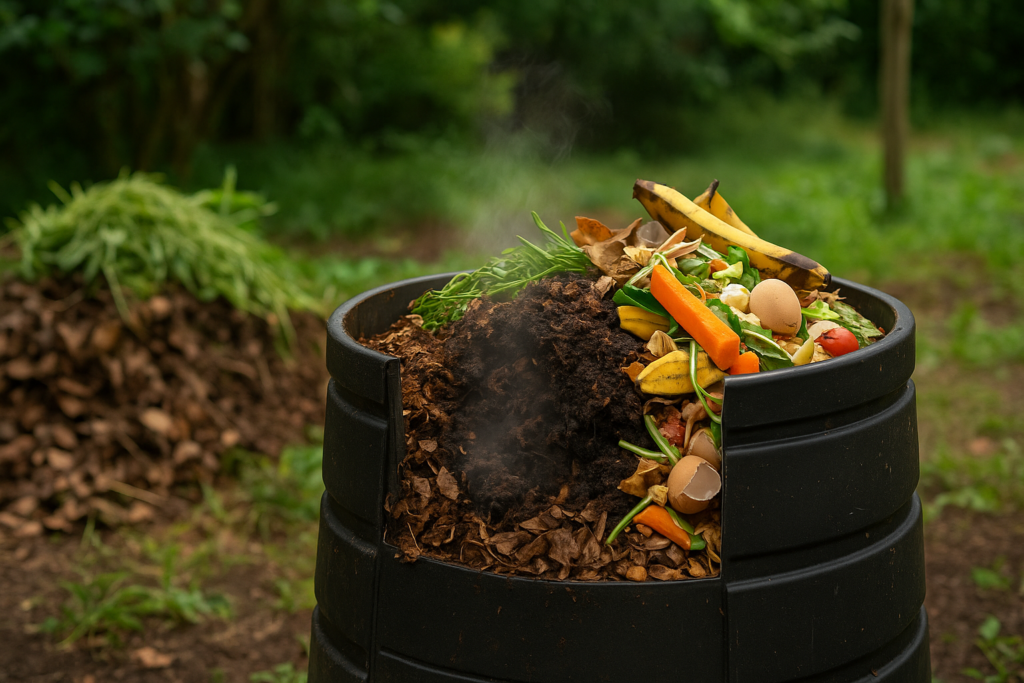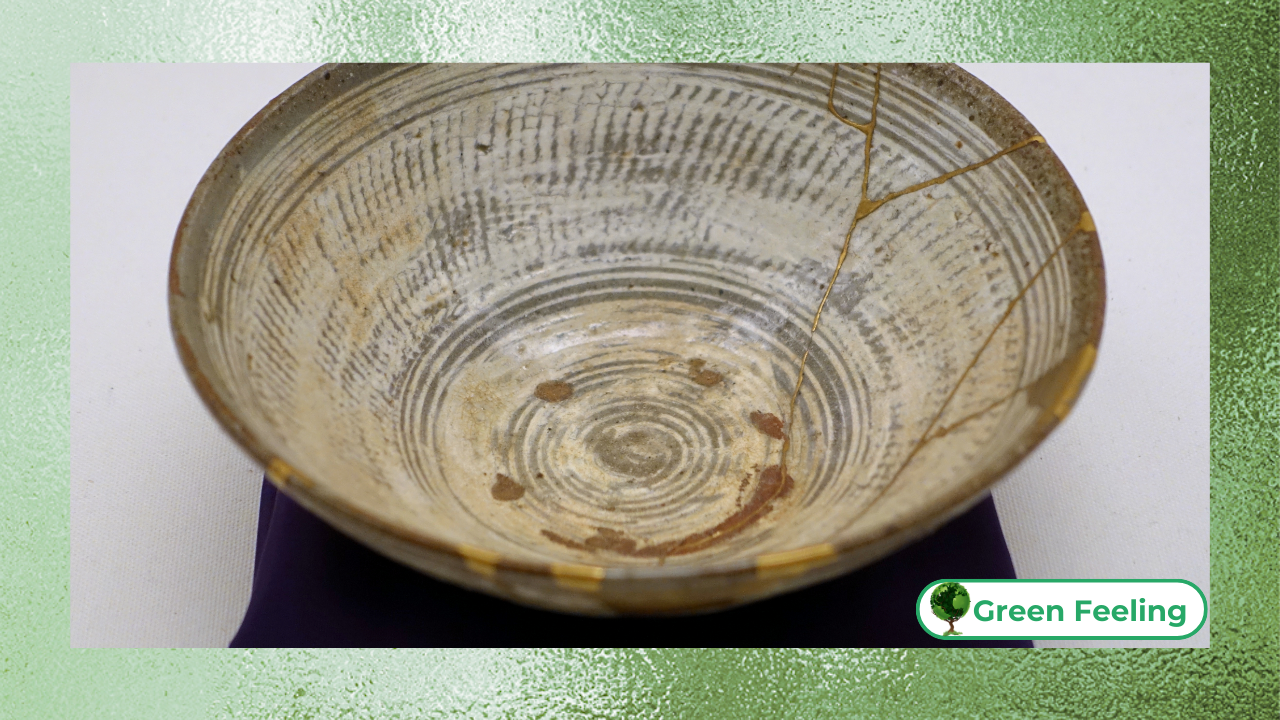Understanding the Composting Process and Its Environmental Benefits
Composting is a natural process that transforms organic waste into nutrient-rich soil amendments.

It’s an ancient practice that has gained modern relevance due to increasing environmental concerns. By composting, we not only reduce landfill waste but also contribute to healthier soil and a more sustainable planet.
In this article, we’ll explore how composting works, its benefits for the environment, and practical ways to start composting at home.
Whether you’re an eco-conscious individual or just curious about sustainable practices, this guide will provide valuable insights.
What Is Composting?
Composting is the biological decomposition of organic materials—such as food scraps, yard waste, and paper—into a dark, crumbly substance called compost.
Microorganisms, including bacteria and fungi, break down these materials in the presence of oxygen, producing a nutrient-dense soil conditioner.
This process mimics nature’s way of recycling nutrients. In forests, fallen leaves and dead plants decompose naturally, enriching the soil.
Composting accelerates this process under controlled conditions, making it an efficient way to manage organic waste.
The Science Behind Composting
Composting relies on four key components: organic matter, moisture, oxygen, and microorganisms. When these elements are balanced, decomposition occurs efficiently.
The process can be divided into three main phases:
- Mesophilic Phase – Moderately warm temperatures (20-40°C) allow bacteria to break down easily degradable materials.
- Thermophilic Phase – Heat-loving microbes take over, raising temperatures to 40-70°C, killing pathogens and weed seeds.
- Cooling and Maturation Phase – As temperatures drop, fungi and larger organisms further break down remaining materials into stable compost.
“Composting is nature’s way of recycling. It turns waste into a resource, closing the loop in our food and garden systems.” — David Suzuki, Environmental Activist
Read more about biodiversity: The Importance of Biodiversity in Organic Production
Types of Composting Methods
There are several ways to compost, each suited to different needs and environments.
Here are the most common methods:
- Backyard Composting – Ideal for homeowners with outdoor space. Uses a simple bin or pile.
- Vermicomposting – Uses worms (usually red wigglers) to break down food scraps in a contained system. Great for apartments.
- Bokashi – A fermentation process that works anaerobically (without oxygen), suitable for small spaces.
- Industrial Composting – Large-scale facilities handle municipal organic waste, often using high-tech methods.
Materials Suitable for Composting
Not all organic waste is compostable. Here’s a quick reference table:
| Green Materials (Nitrogen-rich) | Brown Materials (Carbon-rich) |
Avoid Composting
|
| Fruit & vegetable scraps | Dry leaves | Meat & dairy |
| Coffee grounds & filters | Cardboard (shredded) | Oily foods |
| Grass clippings | Straw or hay | Pet waste |
| Eggshells | Wood chips |
Plastic-coated paper
|
Environmental Benefits of Composting
Composting offers numerous ecological advantages, making it a powerful tool in the fight against climate change and pollution. It’s a simple yet effective way individuals and communities can reduce their environmental footprint while contributing to healthier ecosystems and more sustainable living.
Reduces Landfill Waste
Organic waste in landfills decomposes anaerobically (without oxygen), producing methane—a greenhouse gas 25 times more potent than CO₂. Composting diverts this waste, cutting methane emissions significantly. Additionally, it helps alleviate the pressure on landfills, which are rapidly reaching capacity in many regions across the globe.
+ Water treatment Plants: Processes and Solutions
Enriches Soil Health
Compost improves soil structure, water retention, and nutrient content. It also promotes beneficial microbial activity, reducing the need for chemical fertilizers. Healthier soil supports stronger plant growth, increases resilience to pests and diseases, and helps maintain biodiversity within the ecosystem.
“Healthy soil is the foundation of food security and environmental sustainability.” — Dr. Elaine Ingham, Soil Microbiologist.
How to Start Composting at Home

Starting a compost pile is easier than you might think.
Follow these steps:
- Choose a Method – Pick a composting style that fits your space (e.g., bin, tumbler, or worm bin). Consider how much organic waste you produce and whether your compost will be indoors or outdoors. Each method has pros and cons, so choose what’s most convenient and manageable for your lifestyle.
- Balance Greens and Browns – Aim for a 1:3 ratio of nitrogen-rich greens to carbon-rich browns. Greens include food scraps like fruit peels, coffee grounds, and vegetable trimmings, while browns are materials like dry leaves, cardboard, and newspaper. This balance ensures efficient decomposition and helps control odor.
- Maintain Moisture & Aeration – Keep the pile damp like a wrung-out sponge and turn it weekly for oxygen. If the pile is too dry, decomposition slows down; if it’s too wet, it can become smelly. Turning it regularly helps microorganisms thrive and speeds up the composting process.
- Monitor Temperature – A warm pile indicates active decomposition. Use a compost thermometer to track the internal temperature—ideally between 55°C and 70°C. If it’s too cool, add more greens or turn the pile to boost microbial activity and accelerate breakdown of organic materials.
- Harvest Compost – In 2–12 months, your compost will be dark, crumbly, and ready to use in gardens or potted plants. Sift out any large or unfinished pieces and return them to the pile. Use the finished compost as a nutrient-rich soil amendment to boost plant growth.
Common Composting Mistakes to Avoid
- Adding Meat or Dairy – Attracts pests and slows decomposition. These items can also introduce harmful bacteria, create strong odors, and disrupt the natural balance of your compost pile.
- Skipping Browns – Leads to a smelly, slimy pile. Browns are essential for structure and airflow; without them, the compost becomes overly moist and breaks down much more slowly.
- Neglecting Aeration – Causes anaerobic conditions and bad odors. Without regular turning, oxygen is depleted, slowing decomposition and encouraging the growth of odor-causing anaerobic bacteria and mold..
You might like it: Sustainable Building Materials for homes
What Did You Think of “Understanding the Composting Process and Its Environmental Benefits”?
We’ve covered the science, methods, and environmental impact of composting. But what do you think? Have you tried composting before, or are you inspired to start now?
Composting is more than just waste management—it’s a step toward a greener, more sustainable future. By adopting this practice, we contribute to healthier ecosystems and reduce our carbon footprint.
Conclusion
Composting is a simple yet powerful way to combat environmental degradation. Whether you compost at home or support municipal programs, every effort counts.
Start small, stay consistent, and watch your waste transform into a valuable resource for the planet.
By embracing composting, we honor nature’s cycles and pave the way for a cleaner, healthier world. Let’s turn waste into wealth—one compost pile at a time.
Beyond reducing waste, composting nurtures the soil, supports biodiversity, and connects us to the rhythms of the earth. It’s an act of care—for our gardens, our communities, and future generations who will inherit the planet we shape today.
References:
- EPA (Environmental Protection Agency). (2023). Composting at Home.
- USDA. (2022). The Science of Composting.
- David Suzuki Foundation. (2021). The Role of Composting in Climate Action.






